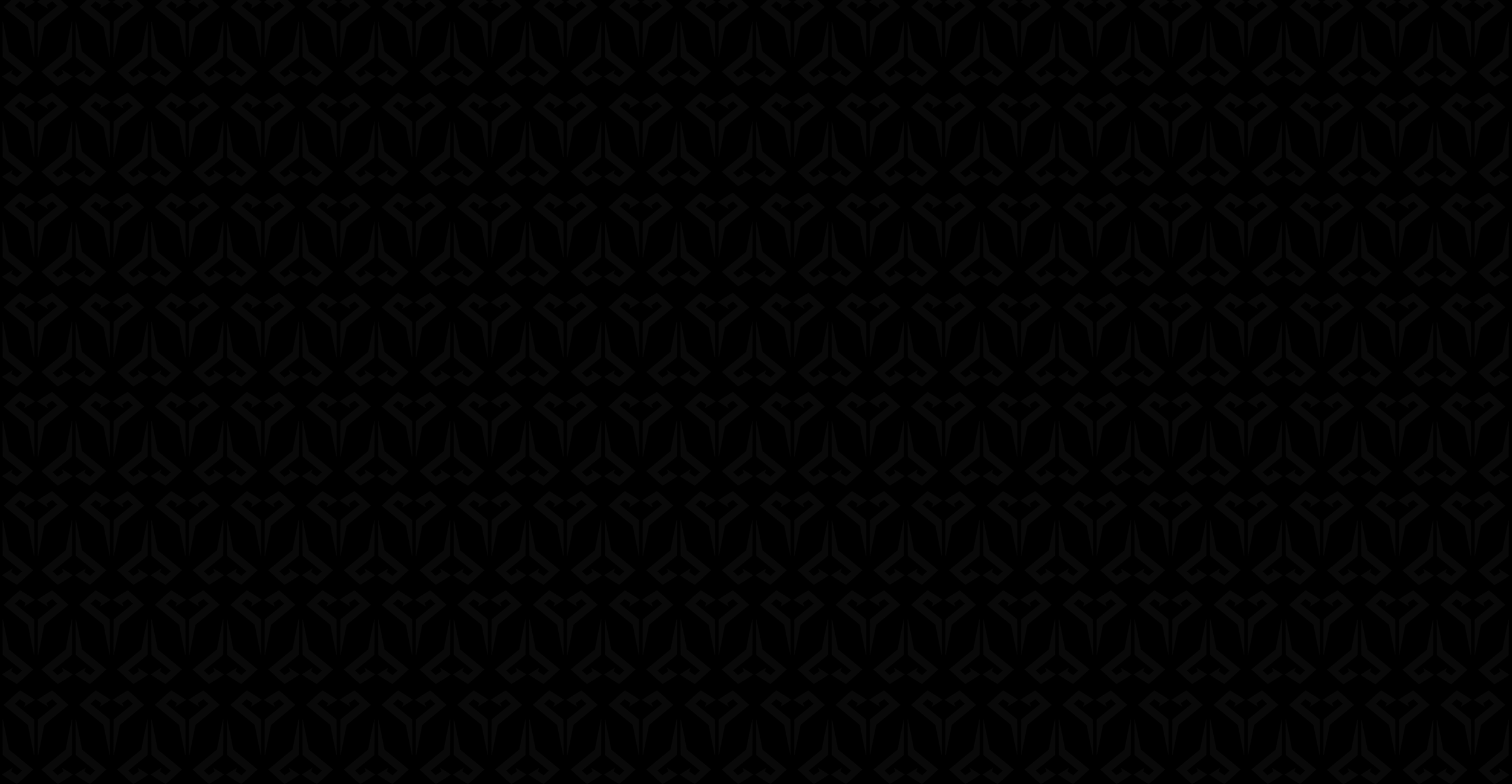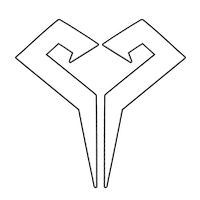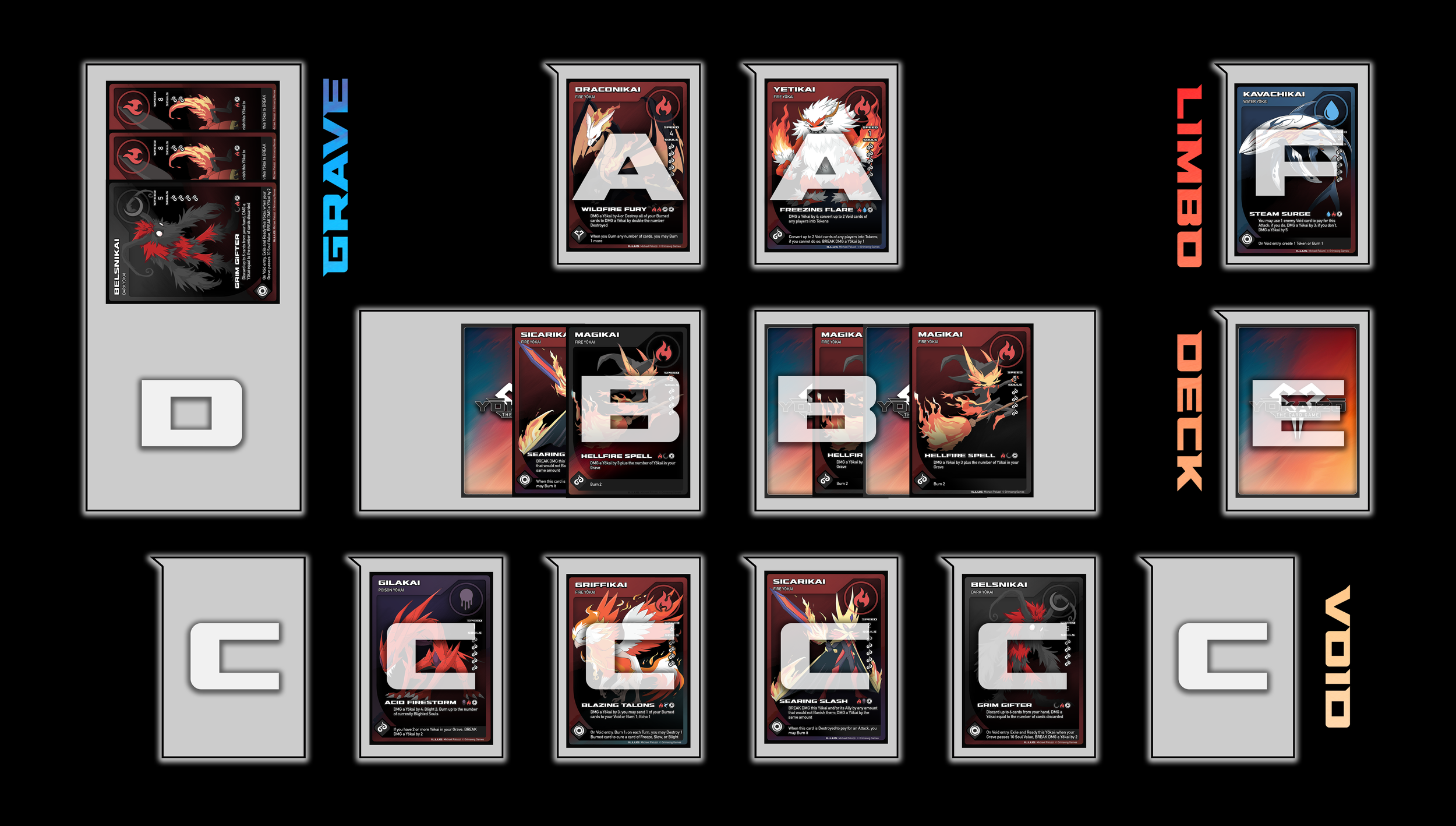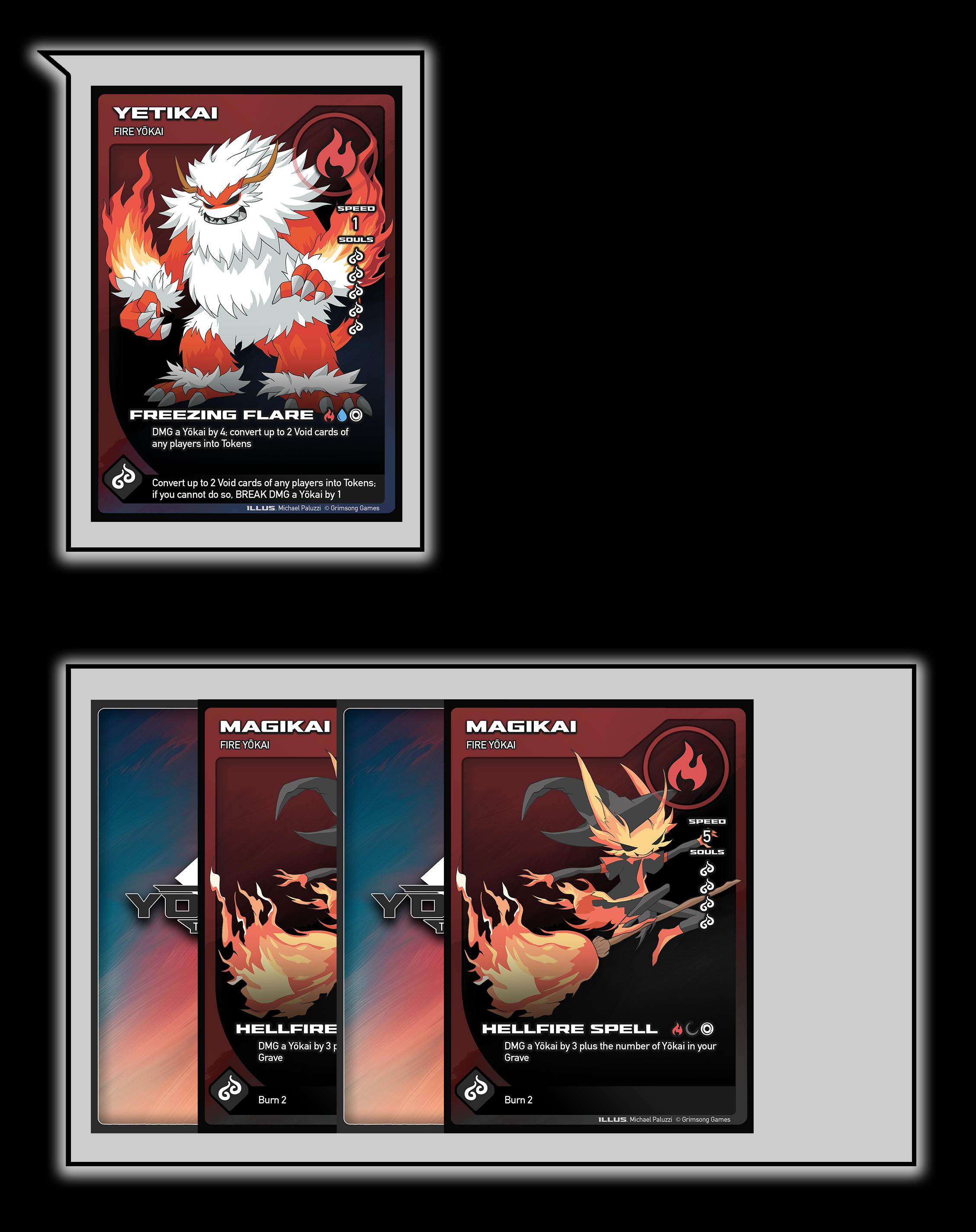
THE RULES

Welcome to the Digital Rulebook for YOKAIZO. Before we discuss gameplay, it's best to familiarize yourself with the Yokai. Head over to the Yokai tab to review the 10 Factions of Yokai. You can combine these Yokai in different ways when building your deck of 40 cards, so knowing their different strengths can guide your unique play style.
YOKAIZO is a two-player strategy game in which Players will command a legion of 40 Yokai in a battle for Souls. Players will command those Yokai to launch Attacks in hopes of BANISHING their Opponent's Yokai. Each Yokai possesses a number of SOULS, and Banishing Yokai with 13 total Souls to your Opponent’s GRAVE will win you the game.
YOKAIZO is a fun game ripe with strategy. The cards are written as plainly as possible to improve your learning, but If any questions arise, join our Discord server to ask questions directly to the creator.
THE CARDS
There is only one type of card in YOKAIZO, the Yokai.
You will come to battle a deck of 40 Yokai, no more than 3 of any named card. Throughout the match, you will always have 2 Yokai in the Field which take Turns and launch Attacks. On those Yokai’s Turns, you will be drawing Yokai from your deck, playing them to your Void to trigger effects, and then destroying them from your Void to pay for the Attacks of your Field Yokai. When you take damage from an enemy Attack, you will be placing Yokai from your hand into a Soul zone which may also trigger effects as they reveal. See a breakdown of the zones below.
THE zones
A. FIELD. You will always have 2 Yokai in the Field. These Yokai take Turns with your enemy’s Yokai in descending Speed order, and can launch deadly Attacks using the resources in your Void.
B. SOULS. The Souls zone is where you place Yokai from your hand when you are damaged. For each point of damage, you can place one Soul face down or flip an already placed Soul face up. When a Soul is flipped, it will trigger a Soul effect if it has one. These effects are not persistent, they only trigger when flipped. Choosing how to sequence your Soul effects will greatly improve your strategy. How many Souls you can place is dependent on your Field Yokai. A Field Yokai that possesses 4 Souls has 4 slots to fill, meaning once you place 4 down, you are forced to start flipping them up as you take damage.
C. VOID. The VOID is where you play and spend Attack resources. On a Field Yokai’s Turn, you may place up to 3 Yokai into your Void. If a Yokai you play has a Void effect, it will be active or trigger in this zone. When paying for Attacks, you must spend the listed Elements, but any 2 Yokai can cover a non-matching Element. For example, you may spend 2 Fire Yokai to cover an Earth cost.
D. GRAVE. This sideways zone in called your GRAVE. When your Grave has Yokai in it that collectively possess 13 Souls, you lose the game. In the late game, you will be carefully considering which Yokai to play to the Field. If you are 5 away from 13 Grave Souls, you may want to consider playing a 4 Soul Yokai instead. If you are close to 13, maybe a 5 Soul Yokai will help you stall the endgame. You can ask your Opponent for a count of their Grave Soul value at any time.
E. DECK. This is where you place your deck. As a reminder, a deck must contain 40 Yokai, and no more than 3 of any single Yokai.
F. LIMBO. The LIMBO is your discard zone, and it’s where you place cards when they are Destroyed (when paying for an Attack or otherwise). You will likely empty your deck during a match. When you do, simply shuffle your Limbo and make it your new deck. Your Limbo is face up and searchable by you at any time, but not searchable by your Opponent.
THE match
Each player draws 6 cards from their decks and chooses 2 Yokai to play into the Field face-down. Once all 4 Yokai have been set, flip them up simultaneously and begin the match.
The Yokai with the highest Speed will begin the game by taking the first Turn. If 2 Yokai on the same side ever have the same Speed, their controlling player will decide which takes its Turn first. At the start of the game, if the 2 highest Speed Yokai are controlled by different players, those player can decide which takes the first Turn by shuffling their deck and revealing Yokai until one player reveals a higher Speed, then shuffling their decks again.
THE TURN
DRAW PHASE. On a Yokai’s Turn, both players will draw until they have 6 cards in their hands. It is important that the inactive player draws because when their Yokai take damage, they will need to play Yokai as Souls from their hand.
VOID PHASE. Next, the player controlling the Yokai taking the Turn can play up to 3 Yokai into their Void. Any Yokai can be played here, not just those that have Void effects, but it is beneficial to play Yokai with Void effects here to improve your strategy. Some Void effects trigger on entry, so be sure to carry out those effects when applicable. Your Void only has 6 slots; when it’s full, you cannot force new cards into your Void.
ACTION PHASE. Finally, the Yokai taking the Turn can perform one of the following Actions:
SPECIAL ATTACK. The Special Attack is the Attack listed on a Yokai’s card. To Special Attack, first declare the Attack by Destroying the require cost in your Void. Looking at the Attack called Blazing Talons below, it costs one Fire, one Wind, and one generic (signified by the Void symbol). Remember these general rules to help pay for Attacks:
1. The Attacking Yokai’s Ally can cover one Element (not a generic) cost. For example, if this Yokai’s Ally was a Fire Yokai. this Attack would only cost one Wind and one generic.
2. You can always pay any 2 cards from your Void to cover one Element. For example, if you did not have a Wind Ally or a Wind Yokai in your Void, you could Destroy any 2 Yokai in your Void to equal one Wind.
Also note that Special Attacks may have several stages. For example, in the Blazing Talons Attack below, you first damage a Yokai by 3, then after resolving damage can send one of your Burned cards to your Void (Keywords are discussed below), then after that can Echo a card (another helpful Keyword). How damage is carried out is described in the next section.
BASIC ATTACK. To Basic Attack, simply Destroy 1-3 Yokai from your Void to do the same value in damage to a Yokai. This is a helpful option for instances in which you cannot pay for your Attack or, more commonly, you do not want to Destroy a Void card but you do want some damage to come from the Turn.
RETURN. Instead of Attacking, the Yokai taking its Turn can Return by taking 2 BREAK DMG then Swapping with a Yokai in your hand. This sends it back to your hand, and sends a new Yokai from your hand into the Field in its place. This is especially helpful for repositioning on Speed. A Swap can never result in a Field Yokai being Banished on entry. As an example, if you have 3 Souls face up under a Field Yokai, and that Yokai Returns, you cannot Swap into a 3 Soul Yokai, because it would be Banished on entry. For any effects that trigger on a Swap, the triggering card must be in the proper zone before the Swap that triggers it occurs.
A Yokai is always permitted to forego its Action. Once an the Action Phase is complete, the Turn ends, and the next Yokai will begin its Turn.
THE DAMAGE
Damage is done to Yokai one point at a time, and its amount is determined when the Attack is declared. In the following example, assume Yetikai is taking 3 damage. In any order, you must place Souls face-down or flip Souls face-up for each point of damage. As you can see, Yetikai has 2 face-down Souls and 4 Souls total attached. On the card, it shows that Yetikai is capable of holding 5 Souls. Therefore, you have the option of placing a card face-down as the 5th Soul for any of the 3 points of damage. You can also flip any of the face-down Souls or that 5th Soul as a point of damage. You can do these in any order that you prefer so long as you fulfill the 3 points of damage being taken. In some cases the defending Yokai may have Shields attached to them—Shields must take DMG first. Shields and Souls are both examples of face-down cards that you control. In all cases, you are allowed to peek at your own face-down cards. You always have the option of topdecking instead of playing from hand when you are playing Souls. If your hand is empty, you will be forced to topdeck.
After taking this damage, Yetikai will have 4 face-up Souls and 1 face-down Soul. Once Yetikai has all 5 Souls face up and resolved, it will be Banished and sent to your Grave, and all of its Souls and any attached cards will be Destroyed to your Limbo (unless they say to Exile them). A Yokai with 4 Souls would be Banished when 4 Souls are face-up and resolve, and so on. If a Yokai is ever Banished in the middle of taking DMG, all remaining DMG on that Field slot will be negated as it hits nothing. If any Yokai are Banished, affected player(s) must play a new Yokai in their place between Turns from hand or topdeck.
There is a special type of damge (DMG) in this game called BREAK DMG. BREAK DMG works the same as regular DMG, but ignores all Soul effects if any are revealed. This can be especially useful to avoiding traps laid by your Opponent.
THE ROUND
As noted above, Yokai take their Turns from highest to lowest Speed. Once the lowest Speed Yokai has ended its Turn, a Round ends. Certain effects will trigger at the end or start of a Round. A few notes about Speed and Turns:
Speed is checked as an inventory for each Speed tier. If a Yokai of a particular Speed is not present for its Speed tier check, it will not get a Turn in that Round. For example, if a 4 Speed Yokai is taking its Turn and Returns to Swap into a 7 Speed Yokai, clearly that 7 Speed Yokai was not present when 7 Speed occurred a few tiers ago, and so it must wait until next Round to take a Turn. Similarly, if that 4 Speed Yokai Returns and Swaps into another 4 Speed Yokai, because that 4 Speed Yokai was not present for the inventory check at the beginning of 4 Speed, it will must wait until next Round to take a Turn. This rule is implemented to prevent infinites.
If a Yokai changes its Speed mid-Turn, the Round will still continue from the Speed tier it was when it began its Turn. For example, if a 4 Speed Yokai is Slowed during its Turn (which makes it 1 Speed), the next Speed tier will still be 3 Speed.
If any 2 Yokai controlled by different players have the same Speed, the Yokai controlled by the player who did not take a Turn last will go first. For example, if you just finished a 4 Speed Yokai’s Turn and both you and your Opponent have 3 Speed Yokai, your Opponent’s 3 Speed Yokai will go first because you just took a Turn.
As a reminder, you win the game when your Opponent’s Grave contains Yokai possessing 13 Souls. Because of this, Speed and Turn order can be very important for securing a narrow victory.
One last rule regarding Speed. If any effects appear to trigger at the same time (for example, at the end of a Round), trigger them in descending Speed order. If there is a Speed tie, the last player to trigger an effect or take a Turn waits for the other player to trigger first, then players trigger effects back and forth within that Speed tier.
You have now learned the full scope of the game’s construction. Let’s finally review the Keywords that you need to know while playing.
THE KEYWORDS
-
A face-up Yokai in a player’s Field, Soul, or Void zone.
-
Cards can be attached to a Yokai by several methods. Souls are considered attached to the Yokai in the Field to which they apply. A Yokai that is commanded to be attached to a Field Yokai other than a Soul can be placed anywhere near that Yokai so long as it is obvious that it is attached to it. When a Field Yokai is Banished or Destroyed, its attachments are Destroyed. When it Swaps, its attachments will attach to the new Yokai Swapping into that Field position.
-
An Action that can be taken during a Yokai’s Action Phase. Attacks can be Special Attacks (the Attack written on the card), or Basic Attacks (paying up to 3 Void cards to do up to 3 DMG respectively).
-
Send to the Grave of the controlling player. This occurs when a Field Yokai reaches its Soul value in Souls face-up and all resolved.
-
Damage to Field Yokai by placing a Yokai in your hand face-down or flipping an already placed Yokai face-up in the DMGed Yokai’s Soul zone. BREAK DMG is a type of DMG that ignores all Soul effects.
-
Send to the Limbo of the player controlling the card.
-
Remove from the play space. Some effects have you Exile cards but attach them to other Yokai. These cards are treated as being Exiled, but are not set aside until they are Destroyed.
-
An Action that can be taken during a Yokai’s Action Phase. To Return, a Yokai must first take 2 BREAK DMG, then it can Swap with a Yokai in your hand. A Swap can never result in a Field Yokai being Banished on entry. However, the Swap may validly result in a Field Yokai having too many face-down Souls attached.
-
Attached to a Yokai face-down. When the Yokai that it is attached to takes DMG, Destroy 1 Shield per DMG before the Yokai takes any DMG to its Souls zone. A Shield is face-down and thus not considered a “Yokai.”
-
A face down card attached to a Field Yokai that is in the Soul zone. A Soul is not considered a “Yokai” when it is face-down, but is considered a “Yokai” when it is face-up.
-
Switch the places of two cards controlled by one player. When a Field Yokai Swaps, anything that is attached to it, like Souls or cards that attach with an effect, will attach to the Yokai that takes its place. However, any effects like Slow will not be passed on. This is also true for Freeze (on Void cards) and Blight (on Soul cards). Neither effect will remain when the effected cards Swap out of the relevant zone. You can never Swap a Yokai into the Field that will be Banished on entry.
-
The top card from your deck (or other stated card) sent to a listed location face-down. A Token is face-down and thus not considered a “Yokai.”
-
Send up to the top X cards of your deck or target card to your Grave face-down. This adds 1 Soul to your Grave. When you declare a Basic Attack, you may Destroy all of your Burned cards to add their total number to DMG. A Burned card is face-down and thus not considered a “Yokai.”
-
Rotate up to X Soul cards on an Opponent’s Yokai. Affected Yokai is considered Blighted. When the Blighted Yokai is Banished, its Ally takes BREAK DMG equal to the Blighted Yokai’s number of Blighted Souls. You cannot Blight a card that is already Blighted. Blighted Souls cannot be Uprooted.
-
Trigger X card effects that activate on entry to your Field or Void so long as the target card is in the proper zone. Can target the same card repeatedly. Frozen Void cards can be Echoed.
-
Rotate up to X Void cards. This negates any Void effects. Frozen Void cards are Destroyed at the end of each Round. You cannot Freeze a card that is already Frozen.
-
Search Limbo for any card and send it to the listed location. You cannot Haunt a copy of the card that triggers Haunt.
-
Search your deck for X cards that match Active card(s) and send them to your hand; shuffle your deck. You cannot Shine a copy of the card that triggers Shine.
-
Rotate up to X Field Yokai. These Yokai have (or will have after their current Turn) 1 base Speed until the start of their next Turn. This can be modified by other effects. You cannot Slow a card that is already Slowed.
-
Shuffle listed deck to reveal a card on top. Spin is allways followed by a conditional effect that may trigger based on this resulting card.
-
BREAK DMG X number of Yokai by 1 in your chosen order.
-
Remove up to X face-down Souls from one of your Field Yokai and send them to the listed location. Blighted Souls cannot be Uprooted.







